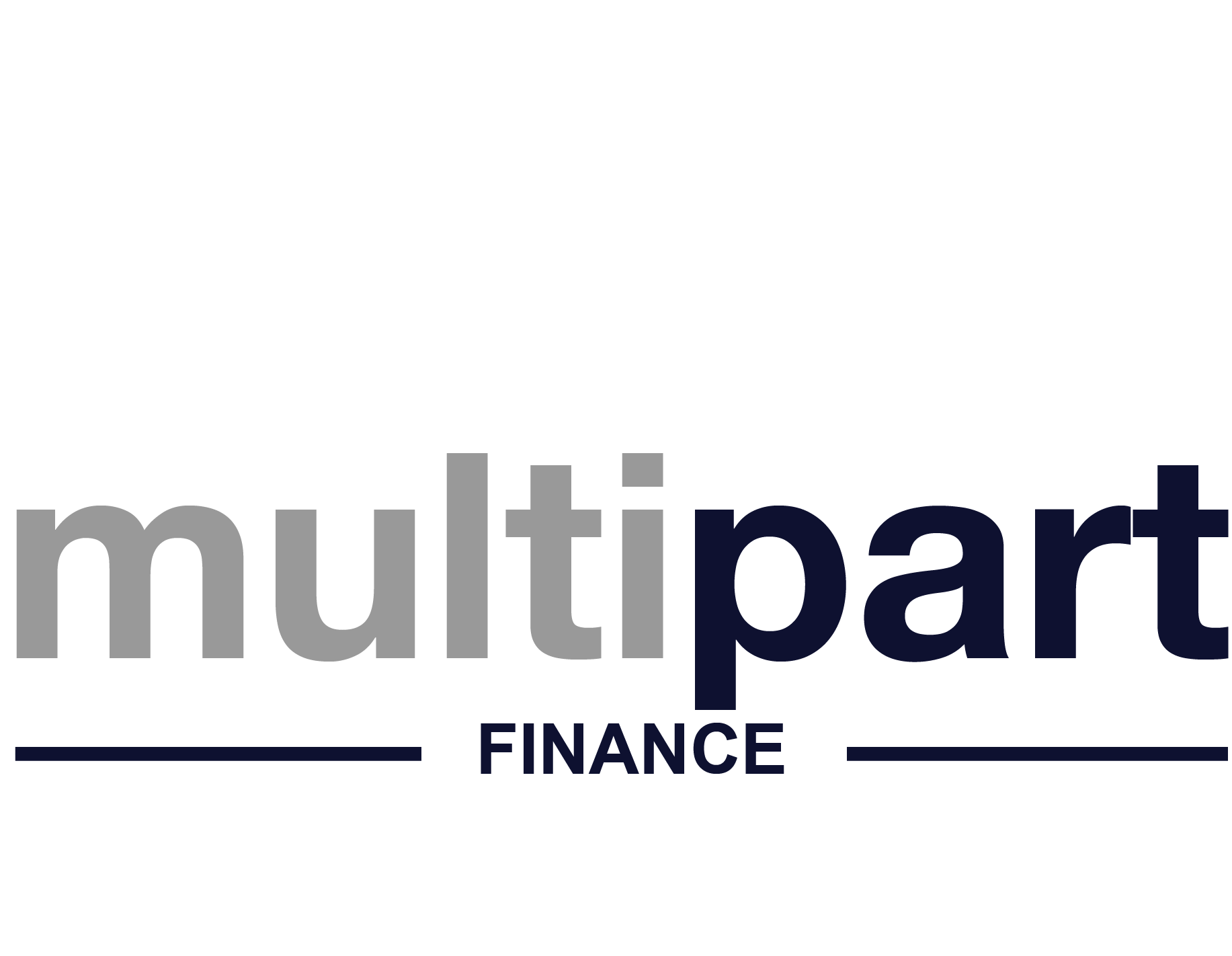Interest rates to keep climbing as RBA hikes cash rate to 1.85%
THE RESERVE BANK OF AUSTRALIA (RBA) HAS INCREASED THE OFFICIAL CASH RATE BY ANOTHER 50 BASIS POINTS TO 1.85%. HERE’S HOW TO HANG IN THERE AND KEEP UP WITH ALL THESE MONTHLY CASH RATE HIKES.
ANOTHER MONTH, ANOTHER RBA CASH RATE HIKE – THAT’S FOUR MONTHS IN A ROW NOW!
It’s hard to believe that at the beginning of May the cash rate was just 0.10%. Today, it was increased to 1.85%.
RBA Governor Philip Lowe said in a statement that today’s increase was a further step in the normalisation of monetary conditions in Australia.
“The increase in interest rates over recent months has been required to bring inflation back to target and to create a more sustainable balance of demand and supply in the Australian economy,” said Governor Lowe.
“The (RBA) board expects to take further steps in the process of normalising monetary conditions over the months ahead, but it is not on a pre-set path.”
If you’re having a little trouble hanging in there, below is a condensed version of an article we put out last week to help you alleviate some pressure on the household budget.
1. Build up a buffer
There are no two ways about it – interest rates will only continue to climb in the months ahead.
That means it’s important to start planning ahead now, if you can, by building up a buffer.
This usually includes putting extra money into an offset account, redraw facility, or savings account – usually a facility that’s attached to your mortgage or easy to access.
2. Reduce expenses
Stan, Netflix, Spotify, Amazon, Audible, Apple TV, Disney, Paramount+, Kayo, Binge … how much do you spend on subscriptions each month? And how many can you cut out?
Next on the hit list: takeaway coffees. Six takeaway coffees a week costs you about $120 per month, or $240 per couple.
Instead, you can brew your own (barista-quality) coffee at home for $30-$70 a month.
And if you can, try to cut back on takeaway meals – they can really add up over time and home-cooked meals provide more leftovers for lunch the next day, too.
3. Shop around
A recent Choice study found Aldi to be the cheapest grocery store. Failing that, this ING survey found the average Australian family saves $114 a month simply by doing their grocery shopping online.
And don’t forget to look around for better deals on your car insurance, pet insurance (sorry Rex!), home insurance, utilities, your phone bill, and your internet bill.
4. Refinance
If you haven’t refinanced for a while, there’s a decent chance you could get a better rate on your home loan.
And you may want to get the ball rolling sooner rather than later.
That’s because lenders need to stress test your ability to meet your home loan repayments at an interest rate that’s at least 3% above the loan product rate you’re being offered.
So as interest rates go up, so too will the hurdle you’ll need to clear to pass that test (aka home loan serviceability).
Another option to consider is consolidating multiple loans – such as a car or personal loan – into your mortgage to reduce your monthly expenses.
Similarly, you can also consider refinancing to extend the term of your mortgage, which could help reduce your monthly repayments.
Both these options come with a downside, however, as by extending them you’ll pay more interest on the loan than you would’ve otherwise (ie. car loans are shorter than home loans).
But if you need cash flow now they can be an option to get you out of a jam.
5. Come and speak to us
Last but not least, if you’re concerned about what’s going on with interest rates, inflation and/or how you’ll meet your home loan repayments, please don’t hesitate to get in touch with us.
Everybody’s situation is different. And we understand many of the ideas we’ve listed above might not suit your financial and personal situation.
So if you’re worried about how you’ll meet your repayments in the months ahead, give us a call today. We’d love to sit down with you and help you work out a plan moving forward.

